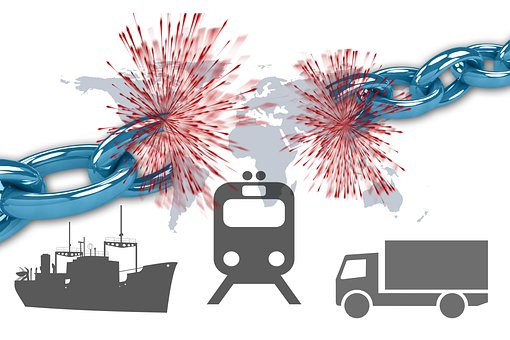
Supplying Solutions
By Dennis Nessler | January 5, 2022
If you talk to any lodging executive about the challenges the industry faces today supply chain issues will likely be at or near the top of the list. As such, a trio of executives weighed in on the current challenges associated with supply chain bottlenecks, as well as potential solutions, during a panel at BITAC Purchasing Design West Live Connect 2021.
The session, which was entitled “Purchasing & Design Dilemma: Sorting Through Supply Chain Issues,” underscored the importance of this aspect of the industry.
“It’s impacting almost every decision that you’re making. Any time you’re picking out who you’re going to talk to about specifications or where you’re going to source it from or where they’re located, you have to now start considering all those things and you’re going to people that you trust,” said Mari Peralez, design manager, Catalina Island Company.
Meanwhile, Michael Kaye, principal, Procure By Design, quantified the impact on completing jobs.
“We have to extend timelines right now. Jobs that were scheduled for the summer, components were getting in in October,” he said.
According to Megan Chinowth, head of interior design, GH2 Architects, “We’re not seeing our project timelines extending at all. So we’re just putting in more time in the project and trying to find alternate solutions,” she noted.
Kaye, meanwhile, did offer some measure of optimism.
“I think by the end of the first quarter we’ll start seeing some changes,” he said, adding that he sees shipping and container costs coming down as well.
Of course, managing the expectations of owners when it comes to project delays can be challenging, but Kaye explained it hasn’t been much of an issue for his firm.
“A lot of the owners have the same problem in many cases because they have a shortage of workers and construction is delayed as well. That kind of buys you more time to install your FF&E, which helps a lot. They realize they’re delayed, and it will catch up in the end,” he said.
Chinowth, however, has had a different experience with owner expectations.
“Ours aren’t quite as understanding. They still want their project done at the same time so we’re just having upfront conversations telling them ‘it’s not if something happens, it’s when it happens.’ So we need to have plan B and C ready. They’re more willing now than they have been in the past about providing additional resources to maybe find alternative solutions if something happens,” said Megan, adding further touting the importance of “just having those upfront conversations with them about prices.”
“I would agree, we’re doing a lot of the same things. We’re presenting option A and option B if A falls through. You’re also presenting the option saying ‘this one I know is what you’ll probably like, but it’s going to have a really long lead time and I can’t guarantee it’s going to be there. Option B you might not like as much, but it’s in stock or I’m more confident in that. So you’re giving them much more flexibility now,” said Peralez.
Does that flexibility translate to a movement to more locally produced goods? The panelists had varying viewpoints on that.
“Even if something is produced locally most of the raw goods are still produced overseas so that can still create some of the supply chain issues. So there isn’t an easy answer,” said Chinowth.
Kaye pointed out his experience has been different.
“I find actually developers are willing to pay a little more now to go with local, and support the local manufacturers, as opposed to bringing it in from overseas just because they know right now it’s going to cost them actually more in many instances. The shipping is costing more, and time is costing more, so they prefer to go locally as much as possible,” he concluded.





Get involved!
Comments